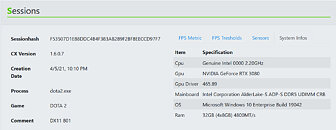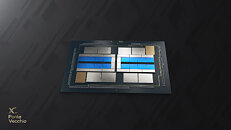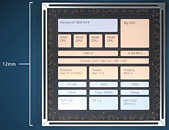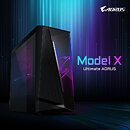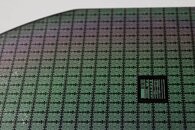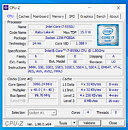
Intel Iris Xe First Discrete GPU (DG1) Goes on Sale with CyberPowerPC Gaming System
The discrete GPU market has been a duopoly for quite some time, and when Intel announced that the company is rebooting plans for its discrete GPU lineup, another player was about to break that duopoly. Today, that has been changed forever and Intel has officially become the third manufacturer of discrete GPUs, as we can see on the online listing. On BestBuy, CyberPowerPC has listed "Gamer Xtreme Gaming Desktop" powered exclusively by Intel components. When it comes to the CPU choice, Intel's 6C/12T Core i5-11400F CPU model is present without iGPU. Now comes the interesting part. The GPU powering the system is Intel Iris Xe discrete graphics card, which is a DG1 GPU based on Xe-LP SKU.
This model features 80 EUs, resulting in 640 shading units. While this is not any gaming beast, casual 1080p gaming should be just fine on this configuration. The system is listed for 750 US Dollars, and it is sold out, as of the time of writing this. While the performance of this configuration may not be something monumental, it is an important step towards Intel's inclusion in the discrete GPU market. By using OEMs, the GPU will reach a very large market without any major problems. We are waiting to see the first reviews of the system, which will surely take a good look at the card and examine its performance.
This model features 80 EUs, resulting in 640 shading units. While this is not any gaming beast, casual 1080p gaming should be just fine on this configuration. The system is listed for 750 US Dollars, and it is sold out, as of the time of writing this. While the performance of this configuration may not be something monumental, it is an important step towards Intel's inclusion in the discrete GPU market. By using OEMs, the GPU will reach a very large market without any major problems. We are waiting to see the first reviews of the system, which will surely take a good look at the card and examine its performance.













